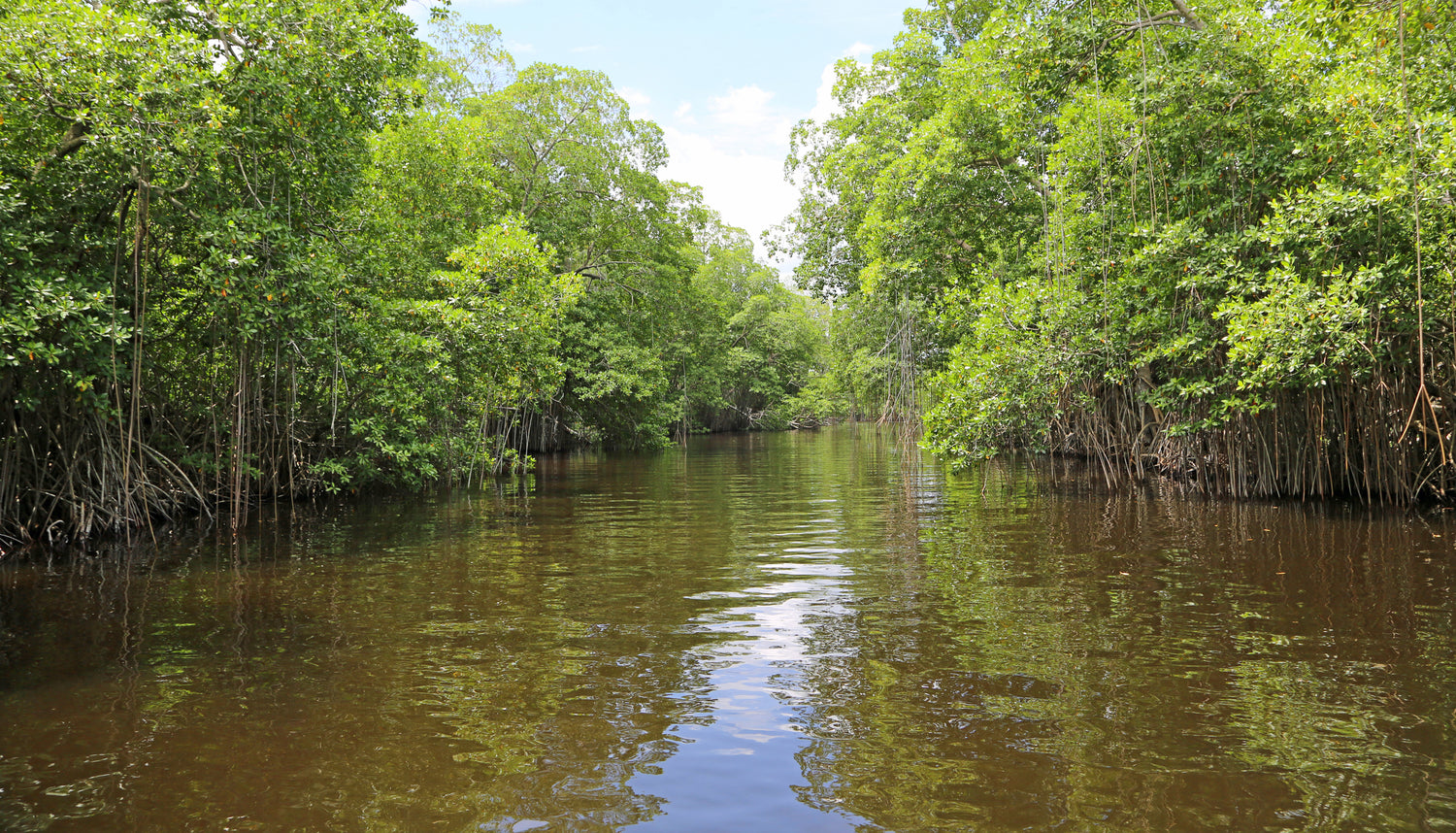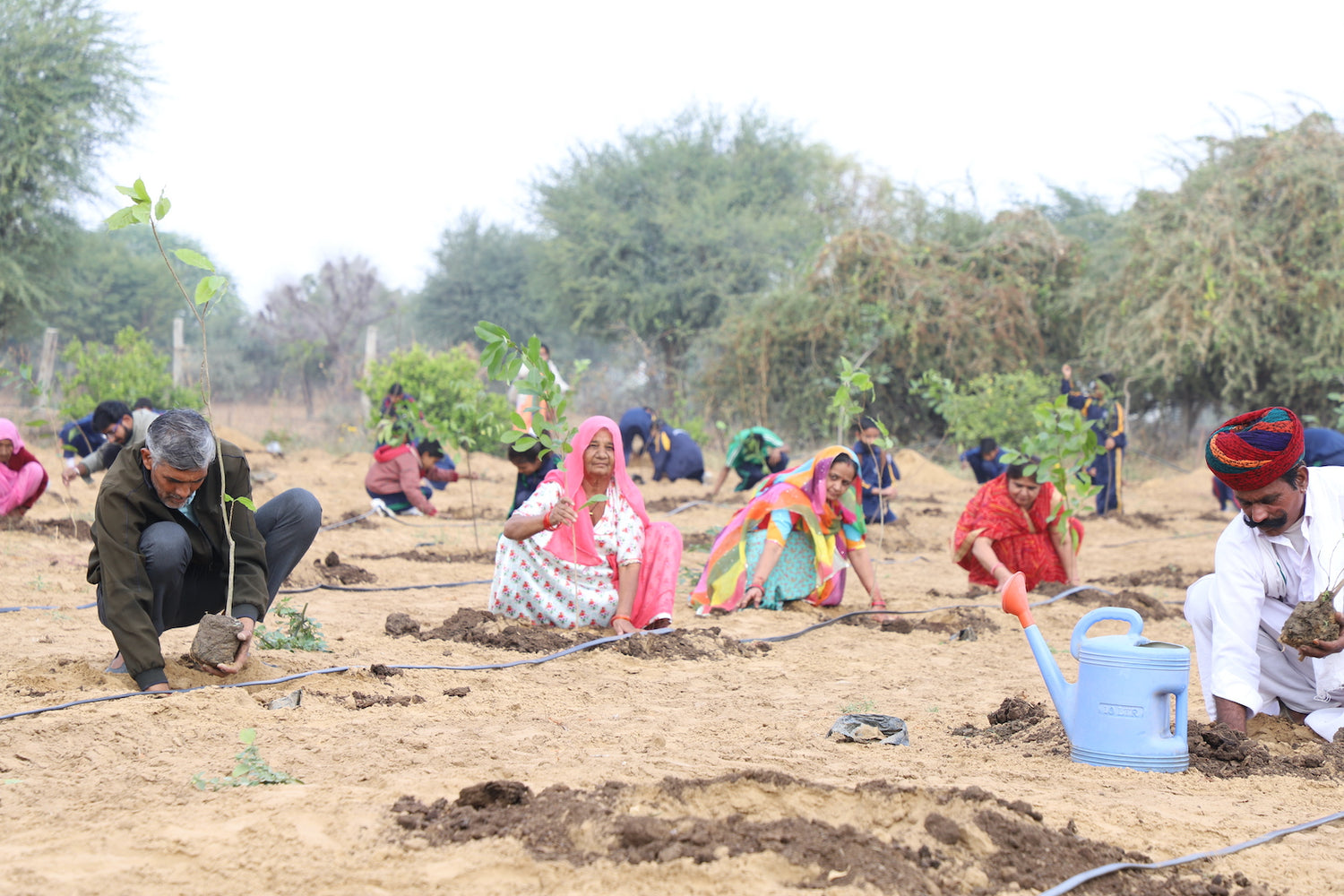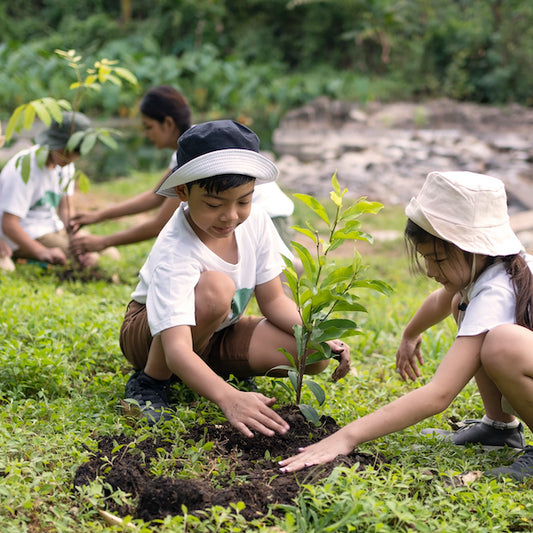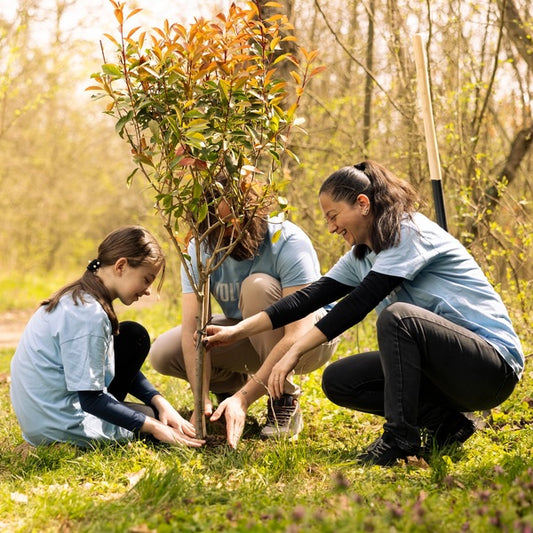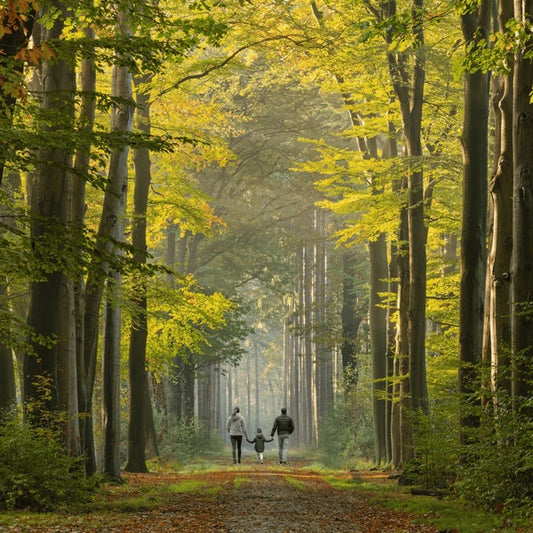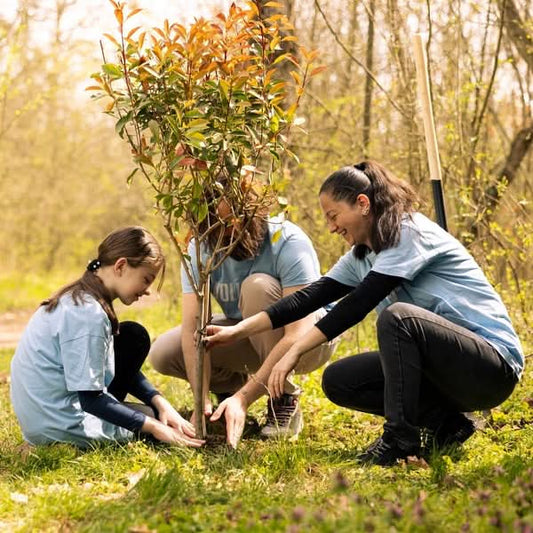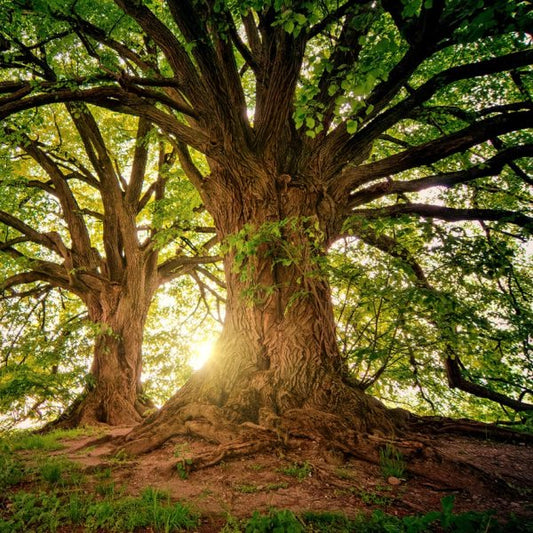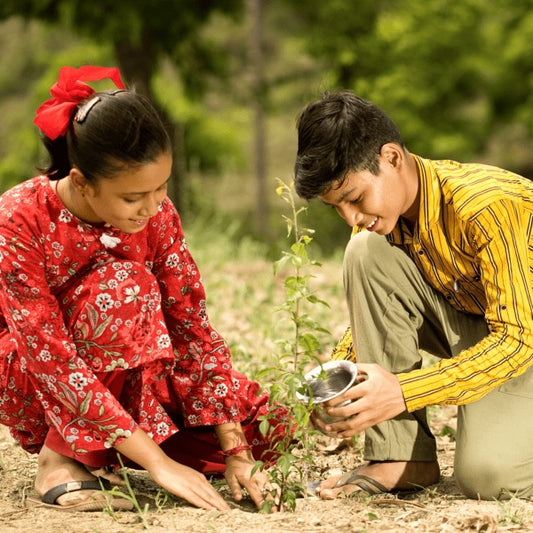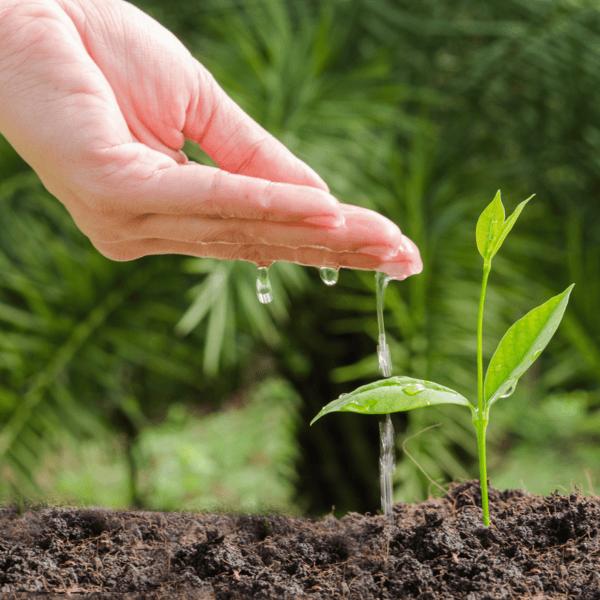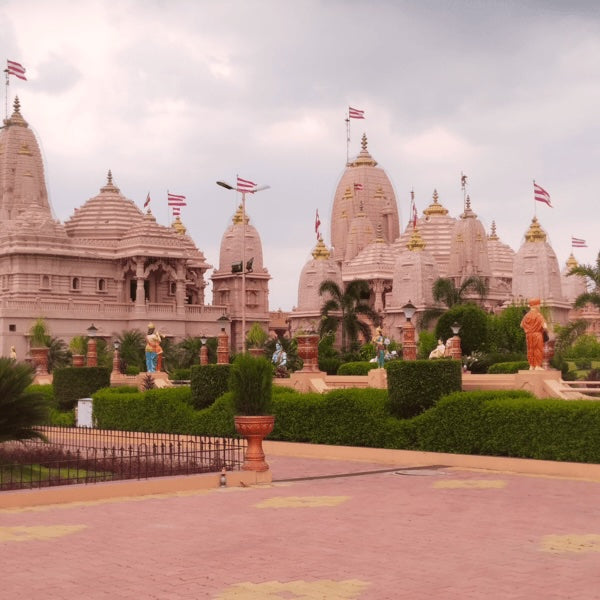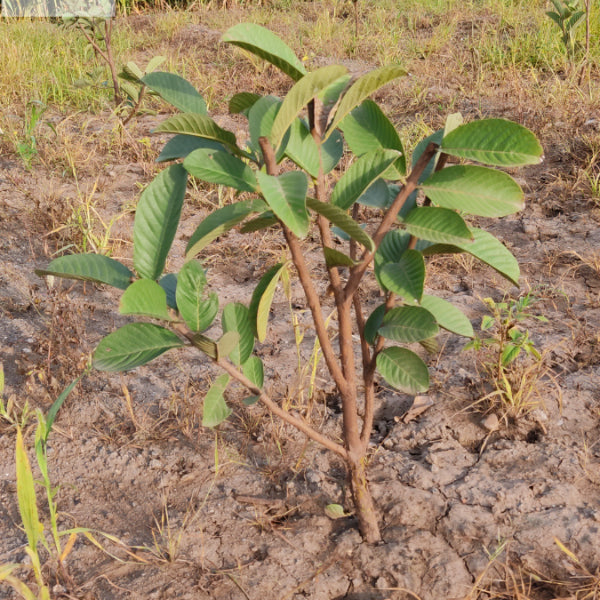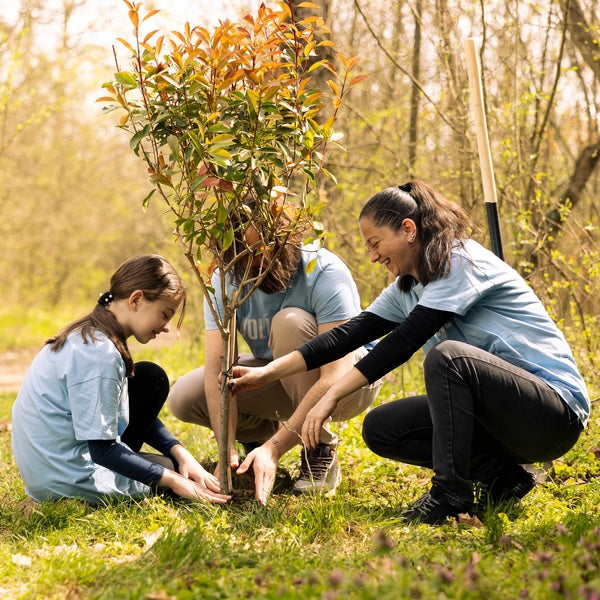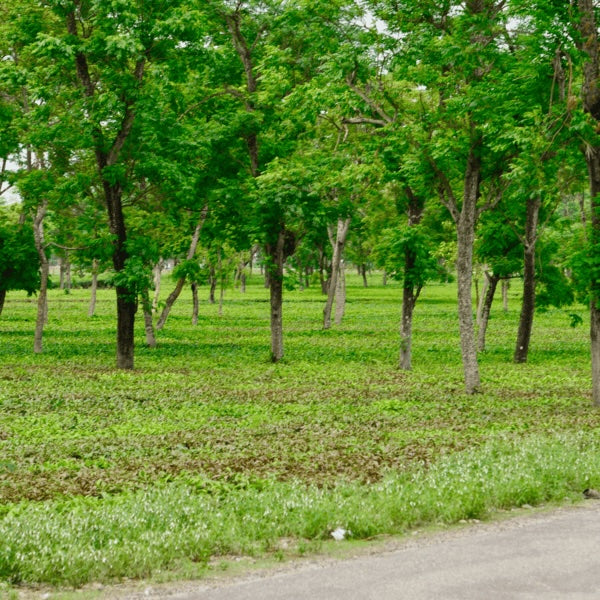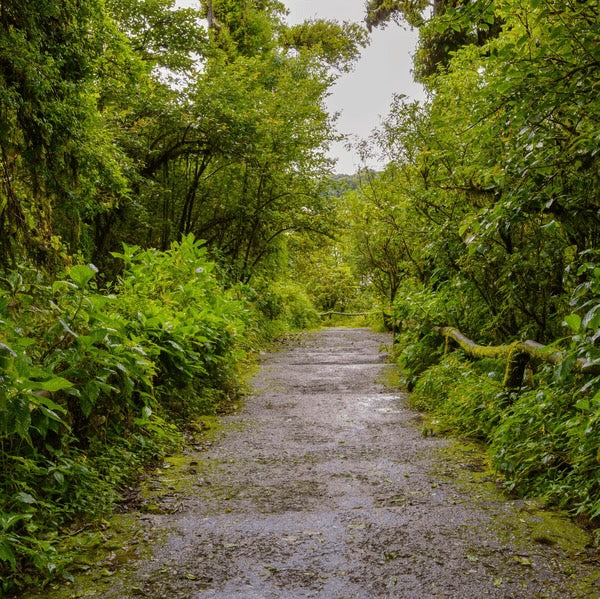Mangrove Swarnamukhi Estuary: Resilient Riverine Forest
The Mangrove Swarnamukhi Estuary, located in the coastal region of India, is a vital ecosystem that plays a crucial role in maintaining environmental Read more
Connect with us
-
👥 Corporates
If you are looking for:
- 🌲 Tree Plantation Events
- 📊 CSR Projects
📧 corporate@growbilliontrees.com
📞 +91 9699723523
💬 +91 9325931304 WhatsApp (Only)
🕒 Mon - Sat | 10am - 7pm IST
-
🧩 Tree Plantation NGOs
If you are looking for:
- 💰 Financial Assistance
- 🤝 Operational Support
📧 support@growbilliontrees.com
📞 +91 9699723523
💬 +91 9325931304 WhatsApp (Only)
🕒 Mon - Sat | 10am - 7pm IST
-
🌼 Individuals
If you are looking for:
- 👥 Group Tree Plantation Drive
- 🌳 Bulk Tree Plantation
📞 +91 9699723523
💬 +91 9325931304 WhatsApp (Only)
🕒 Mon - Sat | 10am - 7pm IST
Trending
Trees for Corporates
Mangrove Swarnamukhi Estuary: Resilient Riverine Forest
The Mangrove Swarnamukhi Estuary, located in the coastal region of India, is a vital ecosystem that plays a crucial role in maintaining environmental balance. This estuary is characterized by its unique mangrove forests, which are known for their resilience and adaptability to changing environmental conditions. In this article, we will explore the scientific significance, historical context, environmental impact, and conservation efforts surrounding the Mangrove Swarnamukhi Estuary.
Scientific Significance of Mangrove Ecosystems 🌊
Mangroves are salt-tolerant trees that thrive in coastal intertidal zones. The Swarnamukhi Estuary is home to several species of mangroves, including Avicennia marina, Rhizophora mucronata, and Bruguiera gymnorhiza. These trees provide numerous ecological benefits:
- Carbon Sequestration: Mangroves are highly effective at capturing carbon dioxide, storing up to four times more carbon per hectare than tropical rainforests.
- Coastal Protection: They act as natural barriers against storm surges, reducing the impact of cyclones and protecting coastal communities.
- Biodiversity Hotspot: The estuary supports a diverse range of flora and fauna, including fish, crabs, and migratory birds, making it a critical habitat for wildlife.
Fun Facts About Swarnamukhi Estuary 🌟
- The name "Swarnamukhi" translates to "Golden Face," reflecting the estuary's historical significance as a trade route.
- It is estimated that mangrove forests can reduce wave energy by up to 75%, making them essential for coastal stability.
- The estuary is a breeding ground for several commercially important fish species, contributing to local fisheries and livelihoods.
Historical Context 📜
The Swarnamukhi Estuary has a rich history, dating back to ancient trade routes that facilitated commerce between coastal communities. Over the years, the estuary has witnessed significant changes due to urbanization, industrialization, and climate change. Historical records indicate that the mangrove cover has diminished significantly, prompting conservation efforts to restore this vital ecosystem.
Environmental Impact 🌍
The degradation of mangrove forests has far-reaching consequences for the environment. Loss of mangroves leads to increased coastal erosion, loss of biodiversity, and heightened vulnerability to climate change. The Swarnamukhi Estuary is particularly susceptible to these impacts, making conservation efforts imperative for maintaining ecological balance.
Conservation Efforts by Grow Billion Trees Partners 🌱
Grow Billion Trees Partners is at the forefront of conservation initiatives in the Swarnamukhi Estuary. Their approach includes:
- Tree Planting Campaigns: The organization actively engages local communities in planting mangrove saplings, aiming to restore degraded areas and enhance biodiversity.
- Awareness Programs: Educational workshops and outreach programs are conducted to raise awareness about the importance of mangroves and their role in climate resilience.
- Research and Monitoring: Collaborating with scientists and researchers, Grow Billion Trees Partners conducts studies to monitor the health of the mangrove ecosystem and assess the impact of restoration efforts.
Conclusion 🌈
The Mangrove Swarnamukhi Estuary is a resilient riverine forest that plays a crucial role in sustaining coastal ecosystems. With ongoing conservation efforts led by organizations like Grow Billion Trees Partners, there is hope for the restoration and preservation of this vital habitat. By understanding the significance of mangroves and actively participating in conservation initiatives, we can ensure a healthier environment for future generations.
Join the movement to protect our mangroves and contribute to a sustainable future! 🌍💚
Mangrove Ecosystem
Picture a superhero in the plant world—mangroves! These coastal champions thrive where land meets sea, providing a unique habitat for countless species. They’re like nature’s sponge, soaking up excess water and protecting shorelines from erosion. Plus, they throw the best parties for fish and birds, making them the ultimate biodiversity hotspot.
Swarnamukhi River
Meet the Swarnamukhi River, the lifeblood of the estuary. This winding waterway is not just a pretty face; it’s a dynamic force that shapes the landscape and nourishes the mangroves. With its twists and turns, it’s like the river version of a rollercoaster, offering thrills and spills to all who venture near.
Estuarine Biodiversity
Welcome to the biodiversity bonanza! Estuaries are nature’s melting pots, where freshwater meets saltwater, creating a buffet of life. From crabs to kingfishers, the Swarnamukhi Estuary is a vibrant tapestry of species, each playing a role in this ecological drama.
Coastal Protection
Think of mangroves as nature’s bodyguards. They stand tall against storm surges and high tides, shielding coastlines from the wrath of Mother Nature. With their tangled roots, they hold the soil together, preventing erosion and keeping our beaches intact.
Climate Resilience
In the face of climate change, mangroves are the unsung heroes. They sequester carbon like pros, helping to combat global warming while providing a buffer against rising sea levels. It’s like they’re wearing capes, ready to save the day for our planet!
Wildlife Habitat
The Swarnamukhi Estuary is a five-star resort for wildlife. From migratory birds to playful otters, this estuary offers a cozy home for a plethora of creatures. It’s a wildlife wonderland where every nook and cranny is filled with life and laughter.
Ecotourism Potential
Who needs theme parks when you have the Swarnamukhi Estuary? With its stunning landscapes and rich biodiversity, it’s a playground for eco-adventurers. Kayaking, birdwatching, and nature trails await those seeking a dose of adventure and a splash of serenity.
Sustainable Fishing
Fishing in the Swarnamukhi Estuary is like dining at a gourmet restaurant—fresh and sustainable! Local fishermen practice eco-friendly methods, ensuring that the bounty of the estuary remains plentiful for generations to come. It’s a win-win for both fish and fishermen!
Mangrove Conservation
Saving mangroves is like saving the world, one tree at a time. Conservation efforts are crucial to protect these vital ecosystems from threats like pollution and development. It’s a call to arms for nature lovers to rally together and ensure the mangroves thrive.
Community Engagement
The local communities around the Swarnamukhi Estuary are the true champions of conservation. They’re not just bystanders; they’re actively involved in protecting their natural heritage. It’s a heartwarming tale of people and nature working hand in hand for a brighter future.
Research Opportunities
The Swarnamukhi Estuary is a treasure trove for scientists and researchers. With its unique ecosystem, it offers endless opportunities for study and discovery. It’s like a giant laboratory where the mysteries of nature unfold, one experiment at a time.
Environmental Education
Learning about the Swarnamukhi Estuary is like taking a crash course in nature’s wonders. Schools and organizations are diving into educational programs that highlight the importance of mangroves and estuaries. It’s an enlightening journey that inspires the next generation of environmental stewards.
You may like
Corporate Plantations
FAQ
What is the Mangrove Swarnamukhi Estuary?
A magical place where land meets water, the Mangrove Swarnamukhi Estuary is a vibrant ecosystem teeming with life. It’s like nature’s own buffet, serving up a feast of biodiversity, from fish to birds, all while protecting our coastlines. Who knew a riverine forest could be so charming
Why are mangroves important?
Think of mangroves as nature’s superheroes! They protect coastlines from erosion, provide habitat for wildlife, and even help combat climate change by sequestering carbon. Plus, they’re great at filtering pollutants. Who wouldn’t want a green guardian like that
How do mangroves support biodiversity?
Mangroves are like the VIP lounge of ecosystems! They provide shelter and food for countless species, from crabs to kingfishers. This unique habitat fosters a rich tapestry of life, making it a hotspot for biodiversity. It’s a party where everyone’s invited!
What threats do mangroves face?
Unfortunately, our green friends face some serious threats, like urban development, pollution, and climate change. It’s like a bad reality show where the villains are humans. But fear not! With awareness and action, we can turn the tide in their favor.
How can I help protect mangroves?
Start by supporting conservation efforts, participating in tree-planting initiatives, and spreading the word about their importance. Every little action counts! Together, we can ensure these resilient forests thrive for generations to come.
What role do mangroves play in climate change mitigation?
Mangroves are the unsung champions of climate action! They absorb carbon dioxide at an impressive rate, helping to combat global warming. By preserving and restoring these ecosystems, we’re not just saving trees; we’re saving the planet. Talk about a win-win!
Can I visit the Mangrove Swarnamukhi Estuary?
Absolutely! The Mangrove Swarnamukhi Estuary is open for exploration. Just remember to tread lightly and respect the environment. It’s a beautiful place to connect with nature, so grab your binoculars and get ready for some wildlife spotting!
What species can be found in the Mangrove Swarnamukhi Estuary?
Prepare for a wildlife extravaganza! From playful otters to colorful birds, the estuary is home to a diverse array of species. Keep your eyes peeled for unique flora and fauna that call this vibrant ecosystem home. Nature’s got quite the cast!
How do mangroves protect coastlines?
Mangroves are like nature’s buffer zones! Their complex root systems stabilize shorelines, reducing erosion and protecting against storm surges. They act as a natural barrier, keeping our coastlines safe and sound. Who knew trees could be such great bodyguards
What is the best time to visit the estuary?
Timing is everything! The best time to visit the Mangrove Swarnamukhi Estuary is during the cooler months, when wildlife is most active and the weather is pleasant. So pack your bags and get ready for an adventure in nature’s wonderland!
Are there any local conservation efforts?
Yes, indeed! Local organizations are working tirelessly to protect and restore the Mangrove Swarnamukhi Estuary. They’re like the guardians of the green, ensuring that this precious ecosystem thrives. Supporting these efforts is a fantastic way to contribute to the cause!
How can I learn more about mangroves?
Knowledge is power! Dive into books, documentaries, and online resources about mangroves and their ecosystems. Join local workshops or volunteer with conservation groups. The more you know, the better equipped you’ll be to champion these resilient riverine forests!

